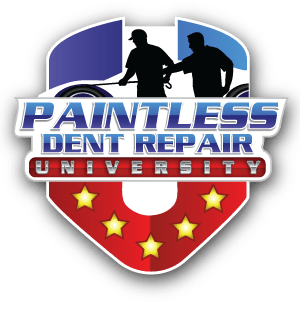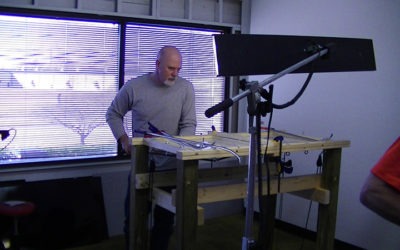Rob McDowell, PDR master instructor, discusses the 3 secret perquisites for learning PDR. Before you begin your hands-on training, you should do these three things to assist in your success in learning paintless dent repair.
Prerequisites…Really?
You are probably thinking, How can there be secret prerequisites for learning paintless dent repair? They are secret because most trainers, especially the big marketing PDR training mills, don’t properly prepare their students for learning PDR. This leads to problems in your training. For you, these prerequisites are no longer secrets.
1. Get Your Eyes Checked
This seems like common sense, but getting your eyes checked and corrected to 20/20 is very important. A true saying in PDR is, ”If you can’t see it, you can’t fix it.” Correct eyesight is one of the components of properly learning paintless dent repair. You may get through the training with questionable eyesight, but your poor eyesight will be exposed by your inability to see damage and finish repairs in the real-world environment.
2. Have Proper Footwear
You must have shoes that will be comfortable for standing for long periods of time. In training, you will be standing for hours at a time when learning repairs on the horizontal panels, like hoods, roofs, and deck lids. For PDR in the real-world environment, you will be constantly walking and standing on concrete or asphalt. I recommend that you get a shoe that allows your feet to breathe and has lots of support. A running shoe store that evaluates your stride can direct you in getting proper footwear
3. Work on Strengthening & Flexibility
There are muscle groups that will need to be strengthened to perform PDR. The forearms are the main muscle group that uses extreme leverage to push out damage. Arms, shoulders, and back muscles will also need to be developed. Due to the positions of performing PDR, a technician needs to be flexible. Stretching exercises are the best way to improve flexibility.

